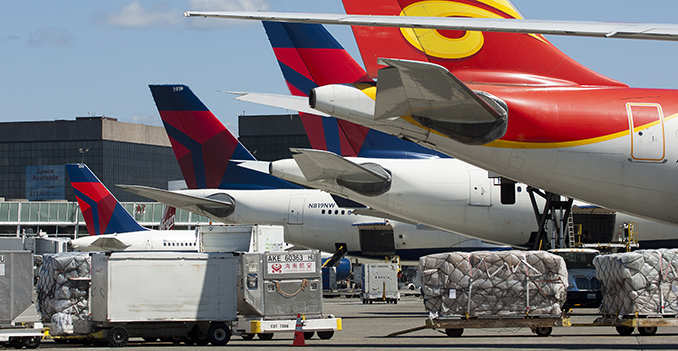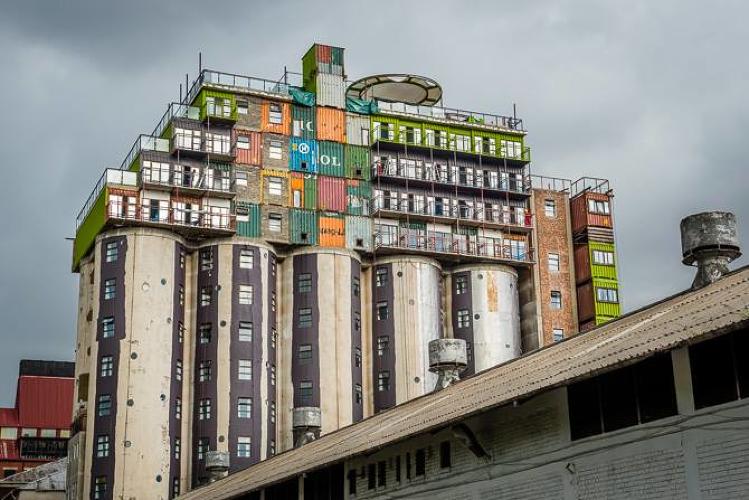When I think about sustainability, I instantly think of LUSH. LUSH sells bath and body products that are handmade with fresh ingredients. They source ethically and only from suppliers that do not test on animals. What I like about the organisation, and what I think makes them so successful, is that they are green at their core. When LUSH Director of Brand Communications Brandi Hall spoke at Chasing Sustainability in 2013, she mentioned that the company does not have a sustainability department because the whole organisation is sustainable. Their whole business model of fresh, handmade cosmetics automatically requires them to be green.
I feel like LUSH has taken the “good first, green second” concept to another level. I would argue that their products work so well because they are green, ie. made with fresh, natural ingredients. It’s refreshing to be able to pronounce everything on the ingredients label, especially for body and cosmetic products. In this way, LUSH is transparent about the ingredients they use. In fact, in some of their products, you can actually see slices of orange or kiwi seeds in their soaps. To me, this increases their credibility significantly. Consumers know exactly what is going into LUSH products. Apps like Good Guide and Think Dirty are helpful resources for determining which products are “clean”, but consumers are still relying on the apps to tell them which ingredients are safe and which ones are harmful.
I think this highlights LUSH’s success as an organisation. By being transparent and thus, credible, they can focus on promoting how well their products work rather than how green they are. This is a perfect example of “sustainability marketing” that is, simply, “marketing”.


